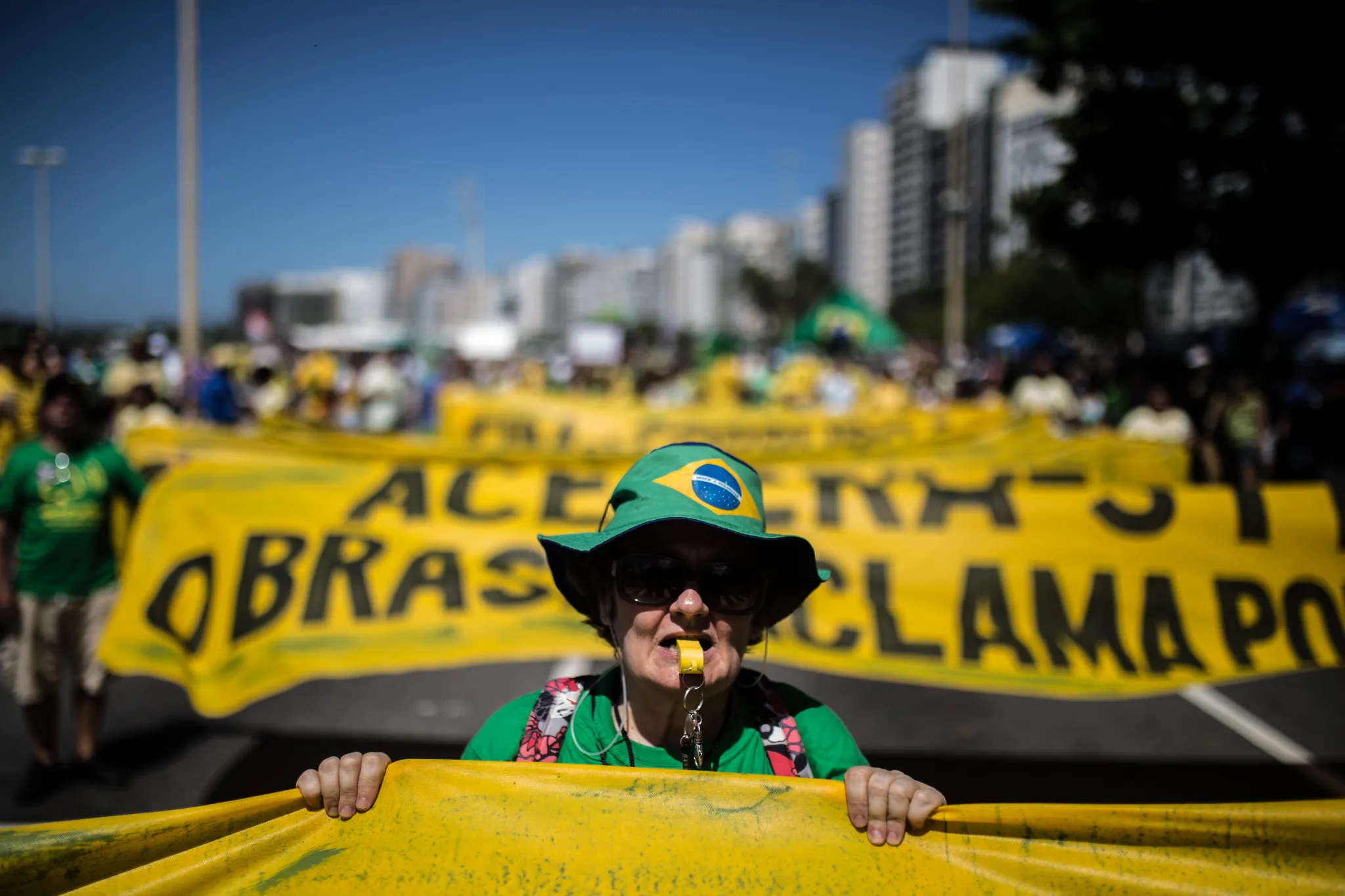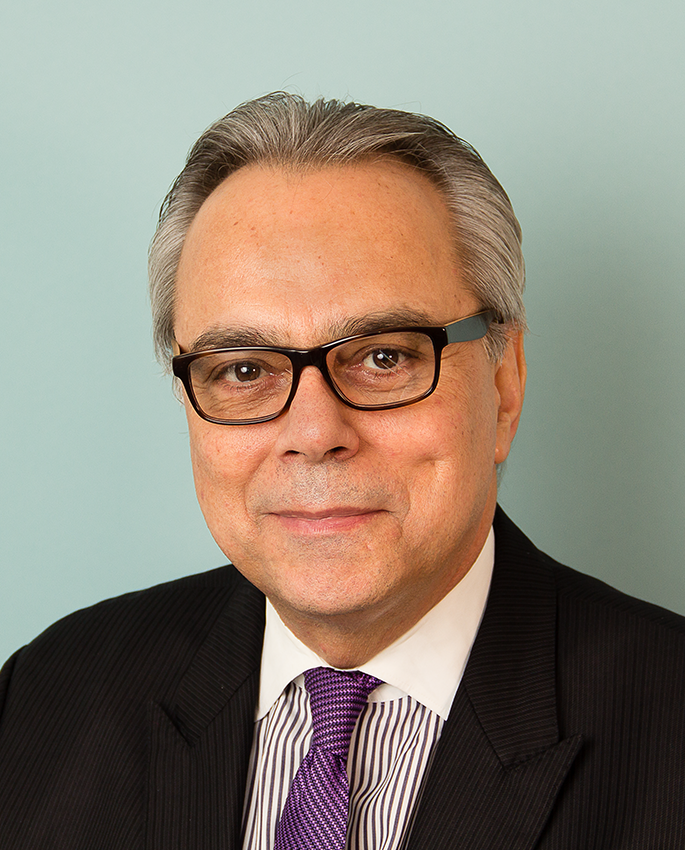
Disclaimer: Views expressed in this commentary are those of the staff member. This commentary is independent of specific national or political interests. Views expressed do not necessarily represent the institutional position of International IDEA, its Board of Advisers or its Council of Member States.
Este artículo se encuentra disponible en Español.
Latin America held In 2018 one of its most important electoral marathons. From February to October, six presidential elections were held, in Costa Rica, Paraguay, Venezuela, Colombia, Mexico, and Brazil. To this we must add, given its impact in our region, the particular Cuban “elections” in the 9th National Assembly of People’s Power last March, which gave way to the controlled transition from Raúl Castro to Miguel Díaz-Canel as president of the Council of State, and the midterm elections in the United States, in which Trump, while holding on to control of the Senate, lost his majority in the House of Representatives.
Those elections took place in a mediocre economic context (the World Bank forecasts average growth of 0.6 per cent for the region) and a worrisome social outlook: poverty has expanded once again, reductions in inequality have stagnated, and the job market continues to prove incapable of generating the quality jobs needed in the region.
The electoral marathon has coincided with the midlife crisis that Latin American democracy is undergoing precisely as we are marking the 40th anniversary of the beginning of the third democratic wave in Latin America.
According to Latinobarómetro 2018, the level of support for democracy has dropped off once again, now situated at 48 per cent, the lowest level since 2001. The decline is accompanied by an increase in the number of persons who are indifferent (between democratic and authoritarian government), which jumped from 16 per cent to 28 per cent (especially among youth aged 16 to 26 years), and a major increase in dissatisfaction with democracy, from 51 per cent to 71 per cent, all accompanied by a low level of trust in elections, electoral tribunals, and especially the political parties and the legislatures.
Trends
The six presidential elections that were held present a set of trends, among which the following 10 stand outs:
1. All the elections were characterized by a high level of citizen discontent with politics and the elites, which leads me to characterize them as elections driven by anger.
The sense of discontent gave rise in several countries to an “anti” vote, a vote rejecting the government and traditional parties together with the breaking out on the scene of anti-establishment candidates, with a strong personalist bias. Bolsonaro in Brazil and Andrés Manuel López Obrador (AMLO) are the two principal examples of this trend.
2. Most of the elections were characterized by a high level of uncertainty, volatility, and polarization, resulting in the centrist options not being seen as an alternative (basically in Brazil and Colombia).
3. The middle sectors, more pragmmatic than ideologized, demanding and not very patient, played a key role on seeking candidates who appeared keen to their demands and offered concrete results.
4. While in the three largest economies, Colombia, Mexico, and Brazil, there was alternation, in Costa Rica and Paraguay we saw continuity of the parties in power. Immediate reelection occurred only in the electoral farce in Venezuela, where Nicolás Maduro was reelected in an election lacking any legitimacy.
5. In half of the six elections (Costa Rica, Colombia, and Brazil) a second round was needed to determine who the next president would be.
6. Only in the Mexican election did the winner (AMLO) obtain a majority in both houses of Congress. In the other elections the winners did not obtain a majority for their own party in the Congress, which suggests complex governance and greater difficulty approving strategic reforms (tax, labor, pension) that many of those countries urgently need.
7. The serious corruption scandals in the region (driven by the Lava Jato, or Car Wash scandal, and the Odebrecht scandal), associated with political financing, along with the high levels of citizen insecurity, were two issues very much present in almost all the election campaigns.
8. In several of the election campaigns social networks played an increasingly important role (in particular the use of WhatsApp in Brazil), gradually displacing the traditional media. This factor poses new and major challenges both regulatory and in terms of the monitoring that should be done by the election authorities.
9. The evangelical groups are gaining ever greater influence in a number of elections; special mention should be made, in 2018, of Mexico and, above all, Costa Rica and Brazil.
10. Since the end of the administration of Michelle Bachelet, last March, at present there is no woman president in Latin America.
Taking stock
The results of this electoral marathon are working a political reconfiguration of the region, mainly in South America, where we see a trend in favor of rightwing governments in their two versions, ultra-right (Bolsonaro) and liberal right (Macri, Piñera, and Duque), a crisis of the center left and a further weakening of ALBA. On the other hand, the victory of AMLO (center left) in Mexico and the ideological diversity of the governments of the Isthmus presents a different context in Central America. Yet we should await the results of the three elections that will take place in Central America in 2019—El Salvador, Panama, and Guatemala—and in particular of the three presidential elections in South America, namely Bolivia, Argentina, and Uruguay, before offering a definitive opinion as to whether the region has entered a new political cycle with the predominance of the right, or whether, to the contrary, the ideological heterogeneity will be maintained.
In view of all the foregoing, 2019 will be a key year in which the new presidents should focus their energy on recovering citizen trust, learning to govern in a complex and highly uncertain context, and producing results quickly to respond to high citizen expectations and demands.
Otherwise, disillusionment could trigger an accelerated loss of popular support, increasing conflictiveness, and increasingly complex governability.
Summarizing
In 2019, anger, uncertainty and polarization will continue to be present, and the middle-class sectors will continue to play a key role defining the six elections that are approaching. Special attention, given their regional impact, should be focused on the reelection efforts of Evo Morales and Mauricio Macri.
This article was originally published in Spanish in La Nación. The English translation has been undertaken by International IDEA.




